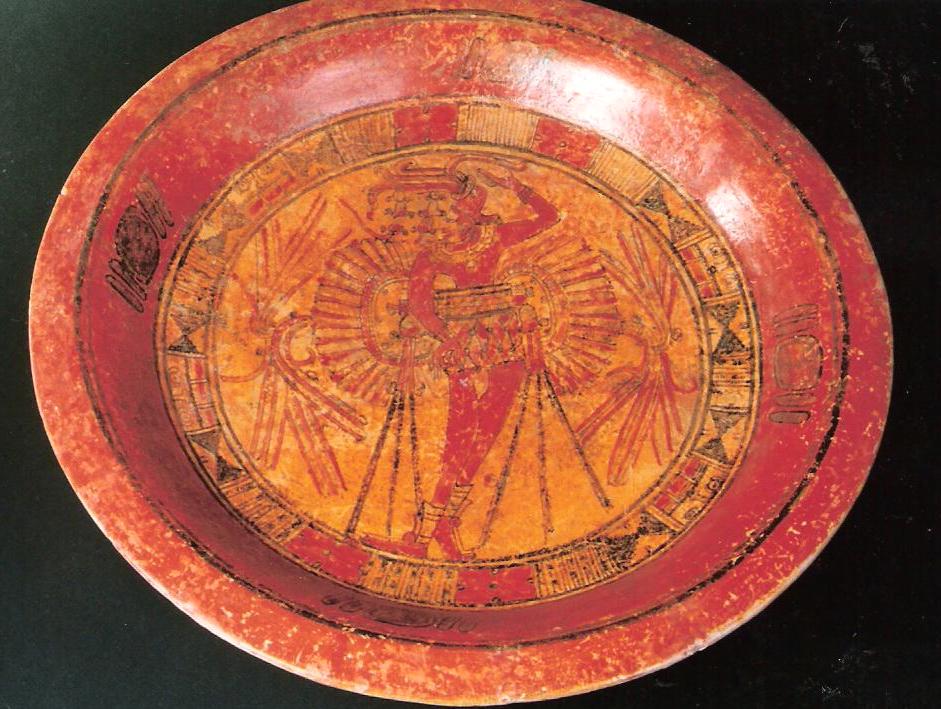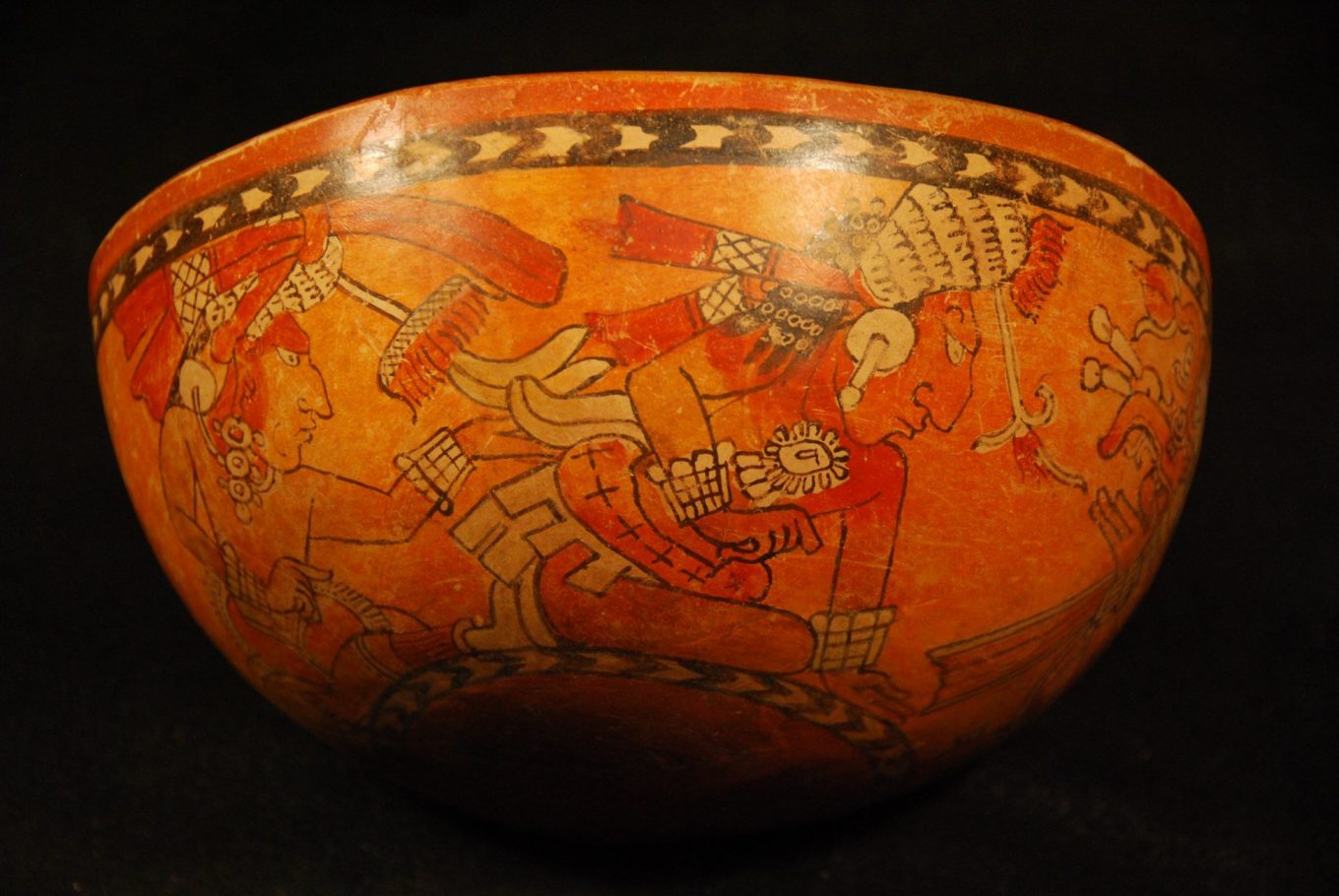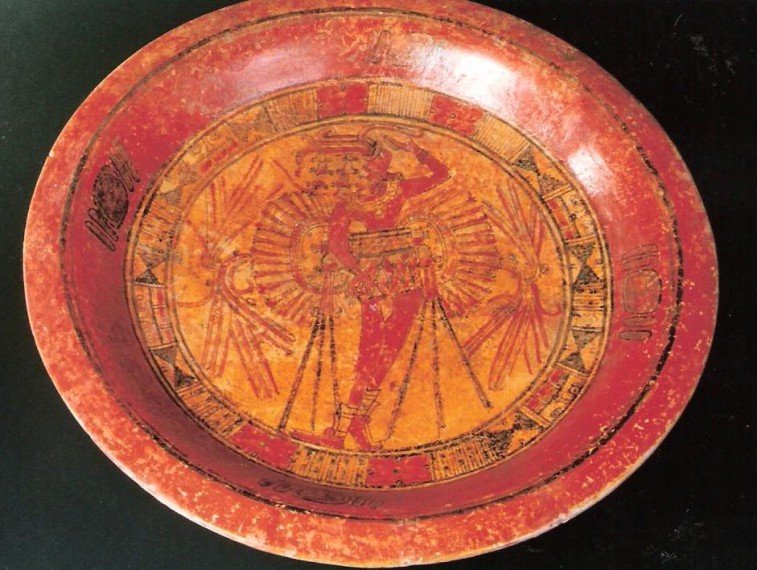
Mr. Fernando Paiz is the quintessential Renaissance man. A philanthropist, businessman, cultural and environmental preservationist, humanitarian, father and grandfather – Mr. Paiz’s storied life has yielded many titles and credits to his name.
A serial entrepreneur, Paiz is also the founder and builder of progressive businesses, including the first to introduce Internet and Cable TV services in Guatemala and first to introduce PET bottles in South America. In addition, he oversees several agricultural, energy, hospitality and real-estate developments in Guatemala, Nicaragua, El Salvador and Honduras.
Do you enjoy frozen mangos in your fruit smoothies? Thank, in part, Mr. Paiz who has invested in the cultivation of mangos for local consumption and as an export product to the U.S. In 2012 with the help of his capital, Nicaragua’s first frozen foods facility was established, processing tons of mango cubes per year. Fueled by a strong work ethic, and a desire to help others, Paiz’s business interests are far reaching. For example, Paiz is an active owner and developer of multi-megawatt solar energy installations in Honduras and a geothermal plant in Nicaragua and a key strategy partner to sustainable real-estate developments, like the Itz’ana Resort & Residences in Belize.
Paiz fostered an ability to solve problems at an early age working at his family’s business, La Fragua, a retail company that his father founded more than 80 years ago. In 2005 the shareholders in the company decided to bring in a strategic investor, Wal-Mart, who had acquired a 33% share in the Central American Retail Holding Company (CARHCO), the partnership proved successful. This investment represented the first time Wal-Mart would have a presence in the Central America retail marketplace, eventually culminating in the sale of the company to Wal Mart Mexico a few years later.
While Fernando Paiz has had great success in business, one of his most personal and treasured endeavors continues to unfold. Recently I caught up with Mr. Paiz to learn more about La Ruta Maya Conservation Foundation, and his unwavering commitment to protect and preserve the rich Maya heritage in the region.
The La Ruta Maya Conservation Foundation is a private organization dedicated to rescuing and preserving pre-Columbian art and antiquities, in many cases receiving donations abroad so the pieces may be returned to Guatemala for legal registration and offered for exhibit in the country’s museums. In doing so, the La Ruta Maya Foundation seeks to enrich public education, national pride, and the celebration of the Maya and Mesoamerican cultures.
La Ruta Maya Foundation was established in 1990 by Wilbur Garrett, then editor of National Geographic Magazine. Mr. Paiz noted that the foundation has registered more than 3,000 archaeological artifacts, each of which have been carefully restored, conserved, and presently made accessible to researchers and the public.

For Mr. Paiz his interest in Maya artifacts was stimulated when as a 10-year-old boy, he would pick up broken shards of pottery with his childhood friend at the construction site Roosevelt Boulevard exiting the city of Guatemala. “It’s very unfortunate.” Mr. Paiz noted. “Highway’s and buildings were built atop many significant archeological sites, as was the case of pre-classic Kaminal Juyu (300BC), a most important city in antiquity in the valley of Guatemala. In the past there has been looting of Maya sites and illegal trading and export of important pieces. In an effort to stop this, today we have regulations and enforcement in place to deter the theft and deliberate destruction of Maya sites.”
It was later in life Mr. Paiz discovered a passion for preserving Maya antiquities. He recalled the specific moment, “I was working for my father in our family store. I was 15 years old then. A gentleman came into the office and asked my father to buy a plate from him. My father had no interest so the man asked me if I wanted to buy it. I looked at this colorful piece depicting what appeared to be a ceremonial dance. I loved it immediately and bought the piece for the equivalent of $1. That was a lot of money in those days, especially for me as my salary was quite modest. But I loved the captured beauty of the piece and wanted to ensure it remained protected.”
It was this plate, shown in the photograph below, which would inspire Mr. Paiz, and serve as the backdrop to his life-long dream and journey to return and restore historic artifacts so that the significance of the Maya culture can enrich the lives of this and future generations.l service economy including transportation, accommodations, food and beverage, and entertainment. As noted in the Levón Institute study, museum’s activities also contribute to education/academic and research investments tied to universities, foundations, government organizations, and other regional businesses.
Paiz’s vision is for the Museo Maya de America to be an inclusive center of knowledge for scientists, researchers, students, tourists, and cultural enthusiasts alike. The project could be a boon for Guatemala’s economy and global reputation as a destination which converges art, culture, and history with contemporary infrastructure and amenities.
Our generation has a historic challenge and opportunity before it. The life we choose to lead today has a lasting impact and impression on tomorrow. Sustainability is about having clarity of mind and presence. It’s also about treasuring the life we have, and celebrating life in and for the moment. Sustainability is much like a dance, fluid and flowing, with one foot rooted in the past and the other directing the future. The mechanics of our dance can be beautiful, but when we are out of rhythm with the beat of the earth and stars, we ungracefully stumble.
It’s nice to know that people like Fernando Paiz exist, thirsting for knowledge, eager to give, and unafraid to dance. Preserving the past, protecting the present, and promising a better future – that’s where passion and purpose collide for Mr. Paiz and his dream to establish the Museo Maya de America for Guatemala City and the world.
A Dreamer Who Dares to Dance: Mr. Fernando Paiz and La Ruta Maya Foundation Part 2
Mark Coleman is a recognized voice, business advisor and consultant on the convergence of sustainability, environmental stewardship, energy, technology, and innovation.
Mr. Coleman is an active blogger with the Huffington Post, and has published numerous articles with leading organizations including GreenBiz.com, Environmental Leader, Triple Bottom Line Magazine, among others.
Mr. Coleman is the President of Convergence, Mitigation, Management (CMM) LLC, which provides custom business intelligence and advisory services for business, government, applied research, not-for-profit, and non-governmental organizations.
Mr. Coleman has advised hundreds of organizations in the areas of sustainability, risk, innovation, operational effectiveness, and business strategy. Much of this work led Mr. Coleman to write and publish two books, Time To Trust: Mobilizing Humanity for a Sustainable Future (Motivational Press 2014, www.timetotrustbook.com) and The Sustainability Generation: The Politics of Change and Why Personal Accountability is Essential NOW! (SelectBooks 2012, www.thesustainabilitygeneration.com) both of which highlight his perspective on holistic systems-level logic and theory for advancing humanity beyond the status-quo toward more integrated and mutual models of sustainable development.
Mr. Coleman currently serves on the board of the Sustainable Manufacturer Network (http://sustainablemfr.com/), and on the board of a not-for-profit organization, B9 Plastics (www.b9plastics.org) involving global water development concerns.
Mr. Coleman resides in the Finger Lakes region of New York with his wife Aileen and two sons, Owen and Neal.
Web:
Website: www.timetotrustbook.com
Twitter: @TheSustainGen












